-
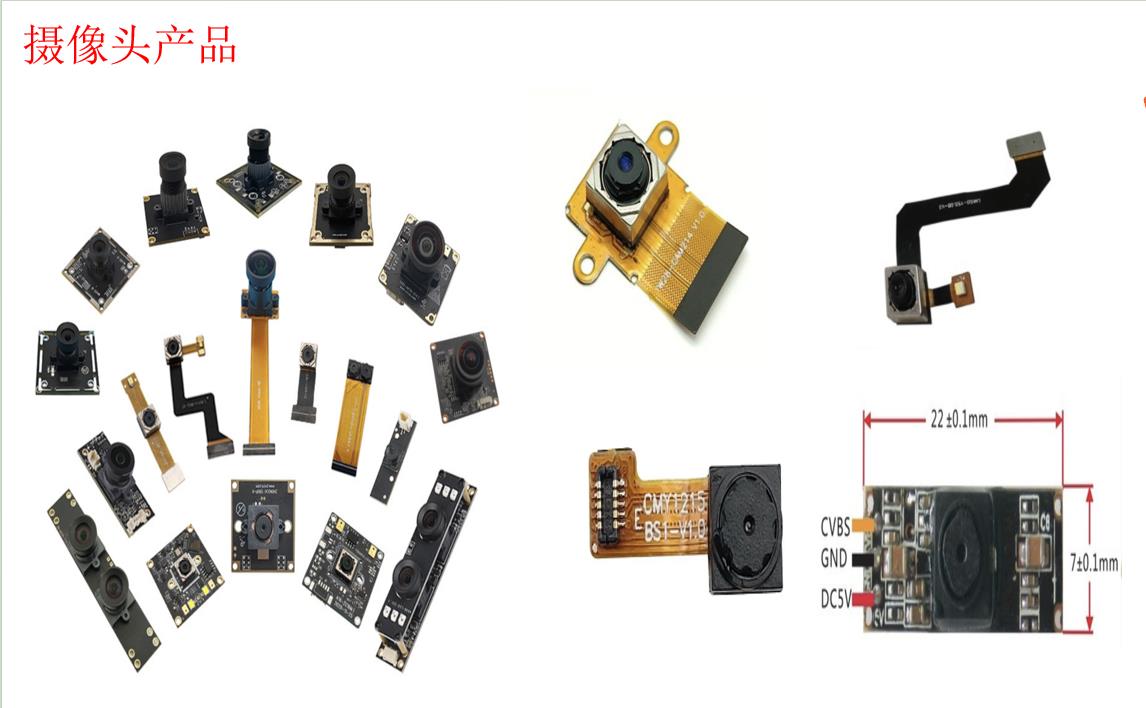 Camera product FPC
Introduction to FPC for camera products Overview o…
Read More
Camera product FPC
Introduction to FPC for camera products Overview o…
Read More
-
 Backlight plate FPC
Introduction to the FPC of the backlight panel Def…
Read More
Backlight plate FPC
Introduction to the FPC of the backlight panel Def…
Read More
-
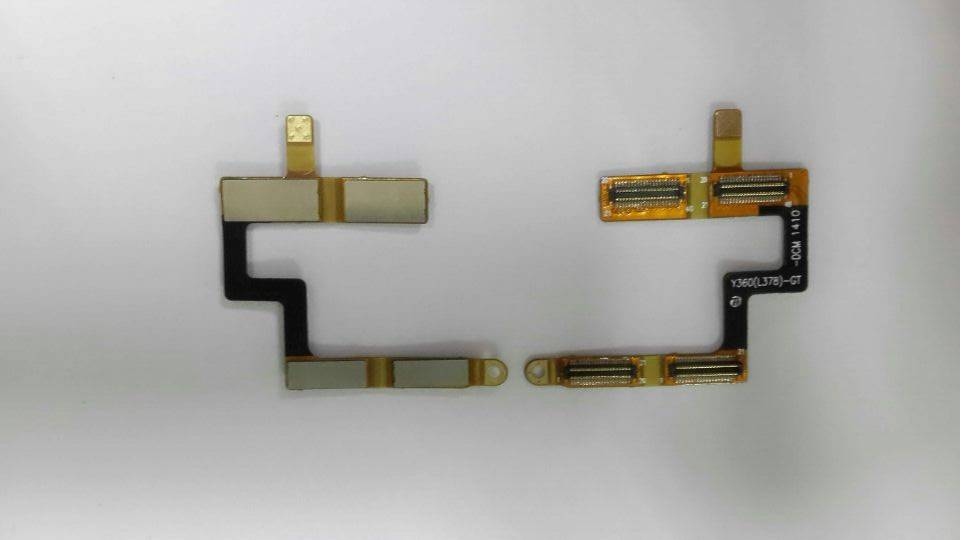 Eight-layer FPC
Overview of eight-layer laminated board FPC The ei…
Read More
Eight-layer FPC
Overview of eight-layer laminated board FPC The ei…
Read More
-
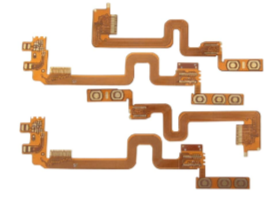 Side key FPC
FPC, which stands for Flexible Printed Circuit Boa…
Read More
Side key FPC
FPC, which stands for Flexible Printed Circuit Boa…
Read More
-
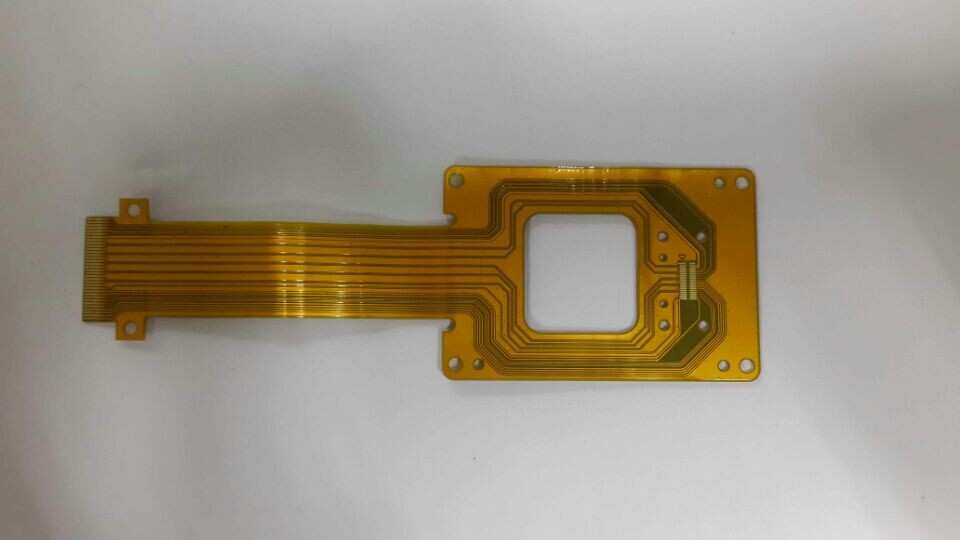 Impedance-controlled multilayer FPC
Impedance-controlled FPC is a special type of flex…
Read More
Impedance-controlled multilayer FPC
Impedance-controlled FPC is a special type of flex…
Read More
-
 3-layer rigid-flex FPC PCB board
PCB type: FPC flexible circuit board Number of lay…
Read More
3-layer rigid-flex FPC PCB board
PCB type: FPC flexible circuit board Number of lay…
Read More
-
 Large size thick copper double-sided soft board
Introduction to large-size thick-copper double-sid…
Read More
Large size thick copper double-sided soft board
Introduction to large-size thick-copper double-sid…
Read More
-
 2-layer fingerprint recognition FPC
Introduction to 2-layer fingerprint recognition FP…
Read More
2-layer fingerprint recognition FPC
Introduction to 2-layer fingerprint recognition FP…
Read More
-
 Car brake light FPC soft board
Automobile brake light FPC flexible printed circui…
Read More
Car brake light FPC soft board
Automobile brake light FPC flexible printed circui…
Read More
-
 4 layer LCD display fpc flexible circuit board
PCB type: FPC flexible circuit board Number of lay…
Read More
4 layer LCD display fpc flexible circuit board
PCB type: FPC flexible circuit board Number of lay…
Read More
-
 6-layer Bluetooth headset FPC soft board
PCB type: FPC flexible circuit board Number of lay…
Read More
6-layer Bluetooth headset FPC soft board
PCB type: FPC flexible circuit board Number of lay…
Read More
-
 Double-sided FPC ribbon cable
Overview of double-sided FPC cable Double-sided FP…
Read More
Double-sided FPC ribbon cable
Overview of double-sided FPC cable Double-sided FP…
Read More
-
 Double-sided FPC gold immersion board
Double-sided FPC gold-plated board Double-sided FP…
Read More
Double-sided FPC gold immersion board
Double-sided FPC gold-plated board Double-sided FP…
Read More
-
 New energy lithium battery FPC protection plate
Overview of FPC protection boards for new energy l…
Read More
New energy lithium battery FPC protection plate
Overview of FPC protection boards for new energy l…
Read More
-
 6-layer FPC circuit board
Introduction to 6-layer FPC circuit boards Product…
Read More
6-layer FPC circuit board
Introduction to 6-layer FPC circuit boards Product…
Read More
-
 Ordinary single-sided FPC board production and sales
General single-sided FPC boards, namely single-sid…
Read More
Ordinary single-sided FPC board production and sales
General single-sided FPC boards, namely single-sid…
Read More
-
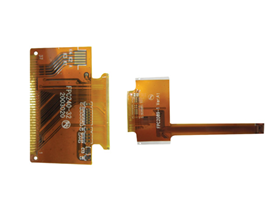 Impedance FPC production and sales
Product Overview FPC (Flexible Printed Circuit Boa…
Read More
Impedance FPC production and sales
Product Overview FPC (Flexible Printed Circuit Boa…
Read More
-
 10-layer flexible FPC fingerprint circuit board
PCB type: FPC flexible circuit board Number of lay…
Read More
10-layer flexible FPC fingerprint circuit board
PCB type: FPC flexible circuit board Number of lay…
Read More
-
 10-layer rigid-flex FPC HDI board
PCB type: FPC flexible circuit board Number of lay…
Read More
10-layer rigid-flex FPC HDI board
PCB type: FPC flexible circuit board Number of lay…
Read More
-
 Medical equipment FPC interface board
PCB type: FPC flexible circuit board Number of lay…
Read More
Medical equipment FPC interface board
PCB type: FPC flexible circuit board Number of lay…
Read More







